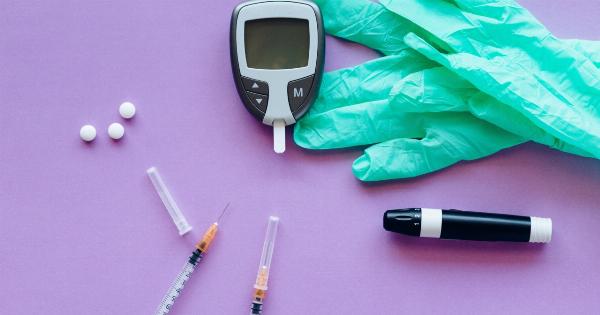Hemophilia is a rare genetic disorder where blood doesn’t clot properly, which can lead to severe bleeding episodes.
Those who live with hemophilia have to take extra precautions to prevent injuries or bleeding episodes, and for many, life can be very challenging. Hemophilia may be a part of someone’s life, but it doesn’t have to be their entire life. This is where advocates come in, stepping up to assist the hemophilia community and raise awareness for the disorder.
Let’s take a closer look at how these advocates are the heroes among us.
What is Hemophilia?
Hemophilia is a bleeding disorder that affects about 20,000 people in the United States alone.
According to The Centers for Disease Control and Prevention (CDC), there are two major types of hemophilia, A and B. :.
: Hemophilia A
The most common type of hemophilia, it is caused by a deficiency in a clotting factor (factor VIII).
: Hemophilia B
Also known as Christmas disease, is caused by a deficiency in factor IX.
Individuals who live with hemophilia may experience bleeding episodes outside their bodies (e.g., nosebleeds) or internal bleeding within muscles and joints. Bleeding can also occur around the brain, which can be life-threatening.
Hemophilia is a chronic condition that requires regular treatment and care.
Hemophilia Advocacy
Advocacy is the act of supporting or speaking out for a cause that one feels strongly about. Hemophilia advocates are people who help those who have hemophilia to have a stronger voice and greater power in society.
There are many types of hemophilia advocacy, and some of them include:.
Advocacy for Health Care
One of the essential aspects of hemophilia advocacy is spreading awareness about healthcare and insurance policies that can help the hemophilia community.
Health care professionals and policy advocates can work together to ensure that healthcare benefits are available to everyone, regardless of their socio-economic background. When advocacy is focused on health care, patients and their families can live with more peace of mind knowing that they have access to the necessary care and resources.
Advocacy for Research and Development
Advocacy for research and development is crucial because it can lead to new therapies and treatments.
Hemophilia research began in the 1950s, and due to the efforts of researchers and advocates, there are now several treatments that can help individuals live longer, healthier lives. Continuing advocacy for research will help researchers and scientists discover new approaches and treatments that could result in a cure for hemophilia.
Advocacy for Education
Advocacy for education is vital in promoting awareness and understanding of hemophilia. Education can help break down myths and misconceptions about hemophilia, empowering individuals who live with hemophilia.
Advocacy for education can also involve spreading knowledge about treatment options, including preventative care and the importance of early detection. Educated patients and their families are better equipped to manage the disease.
Advocacy for Policy Change
Advocacy for change in government policies is critical to help create an environment where individuals with hemophilia have access to necessary treatment and resources.
This can involve lobbying for increased support for research and development or calling for policies that expand coverage for necessary therapies. Advocacy for policy change can make a significant impact on patients’ lives by providing them with safe and affordable access to the treatments they require.
The Heroes Among Us
The hemophilia advocates are the heroes among us. They are individuals who dedicate their time and effort to help those living with hemophilia. The following people are just a few examples of the many heroes in the hemophilia community.
Rick Guidotti
Rick Guidotti is a photographer who has created a unique photo series titled “Positive Exposure.” This project captures the beauty, strength, and dignity of individuals living with genetic, physical, and intellectual differences.
Rick worked with the National Hemophilia Foundation to spread awareness about hemophilia and is a leading advocate for the hemophilia community.
Craig Petersen
Craig Petersen is a musician and advocate living with hemophilia. He started a non-profit organization, “Music Movement,” that provided musical instruments to children with hemophilia.
He also helped raise awareness of the disorder through concerts and community events.
Jessie Muldoon
Jessie Muldoon is a young girl diagnosed with hemophilia at birth. She and her family created a blog, “Jessie’s Journey,” to document their experience living with hemophilia.
Through the blog, they share their journey, raise awareness, and provide guidance to other hemophilia families.
The Bender Family
The Bender family is a well-known hemophilia family that has dedicated their lives to advocacy.
My Life, Our Future, is an organization founded by the Benders, that is committed to making genetic testing available to individuals living with hemophilia for free. The organization has partnered with several healthcare companies and provides individuals with genetic testing via a simple blood sample.
Conclusion
Hemophilia is a complex and challenging disorder, and those who advocate for it are heroes. Hemophilia advocacy is crucial in spreading awareness, promoting education, and improving policies that benefit patients and their families.
By raising awareness and providing ongoing support, we can help individuals living with hemophilia have access to the resources and care they require.































